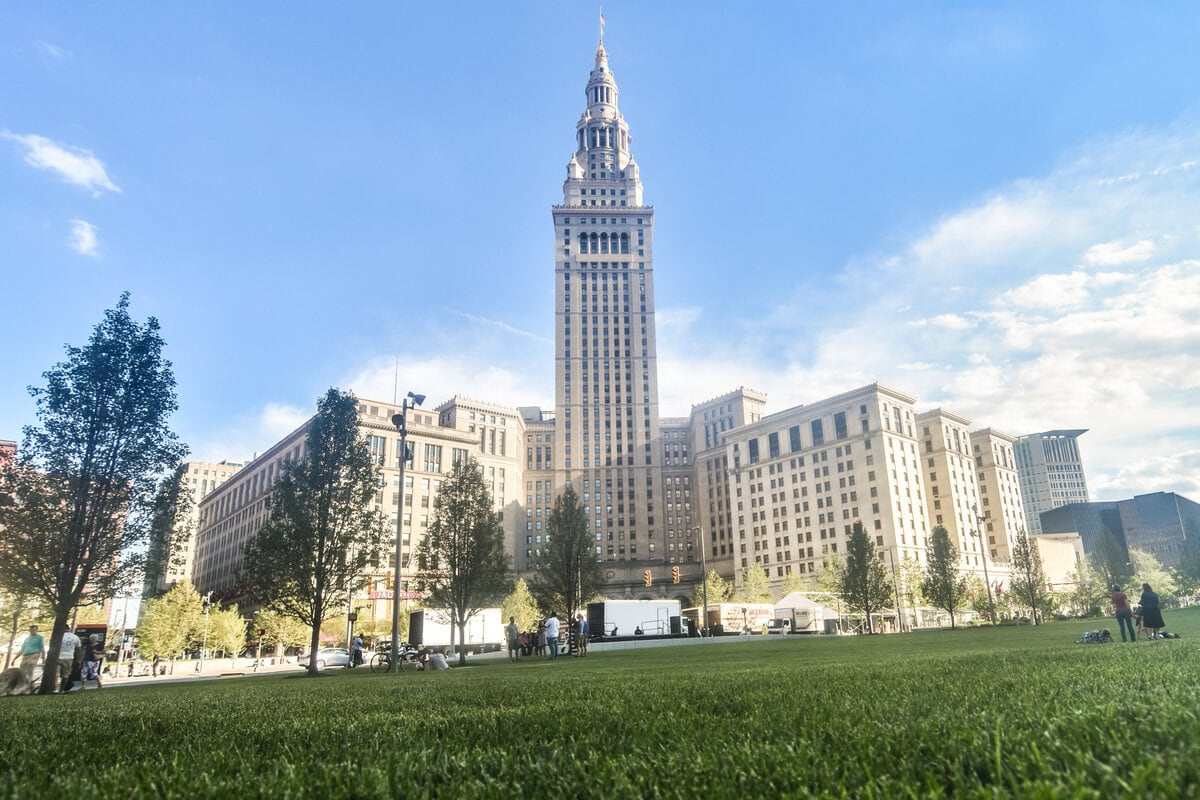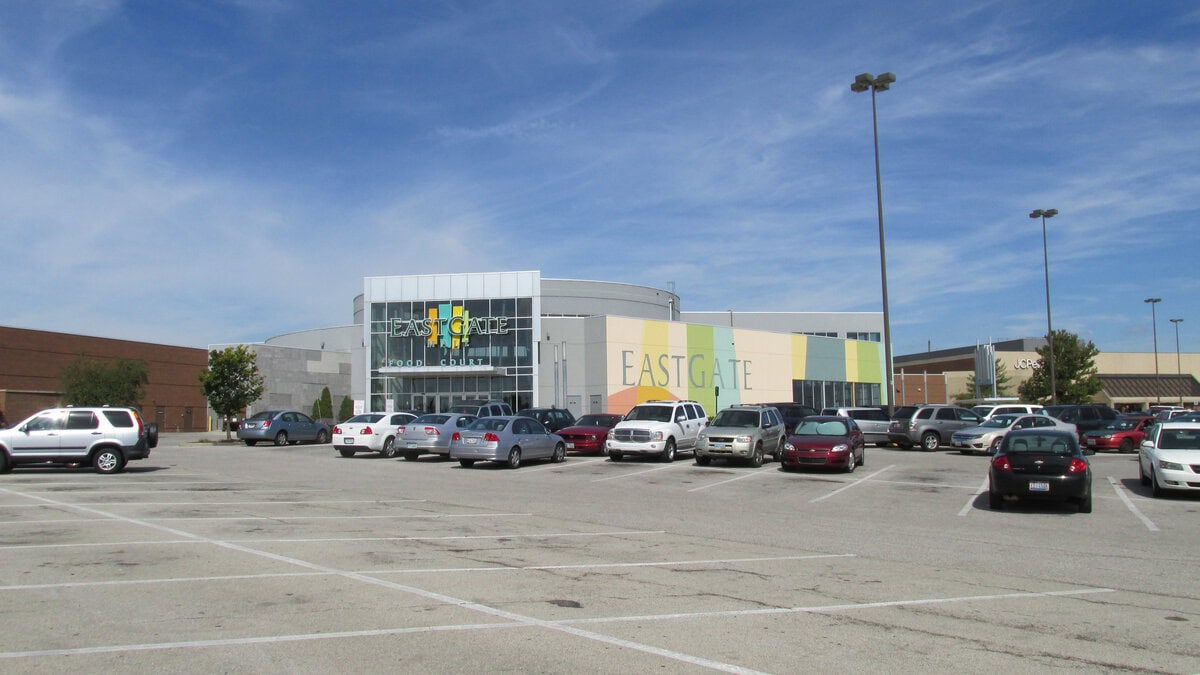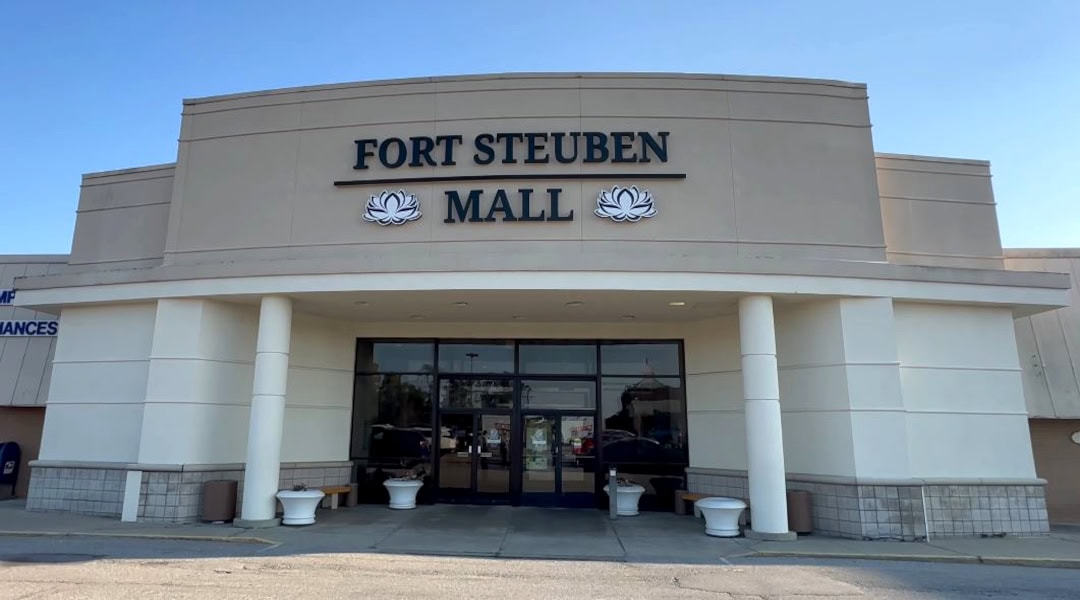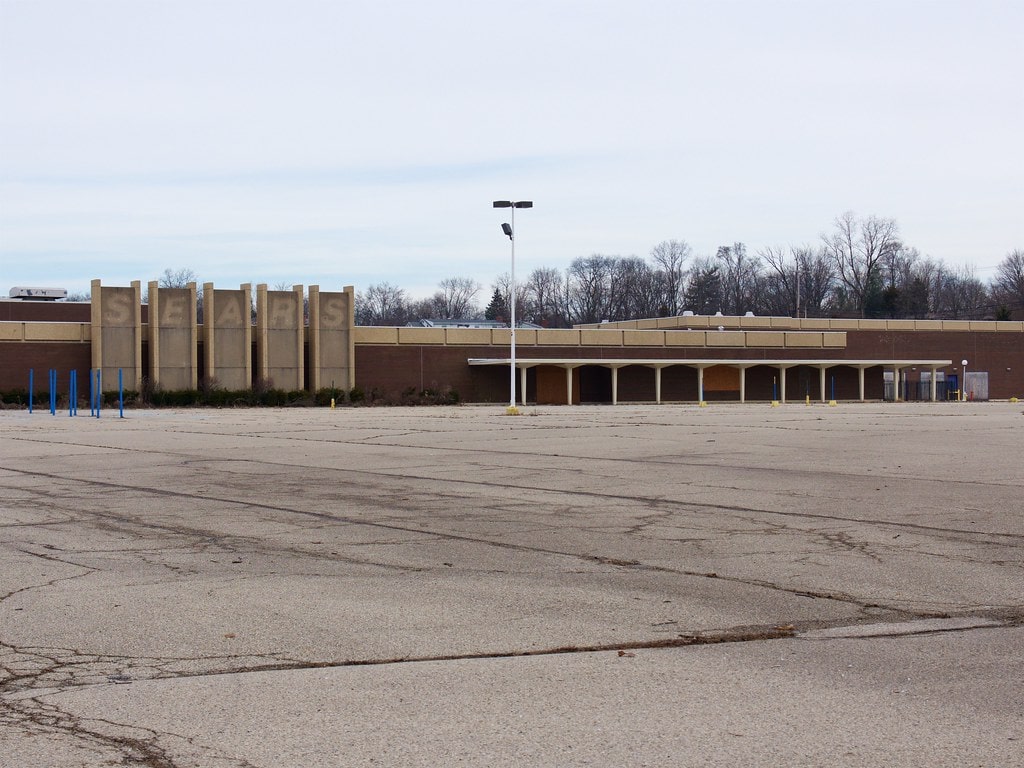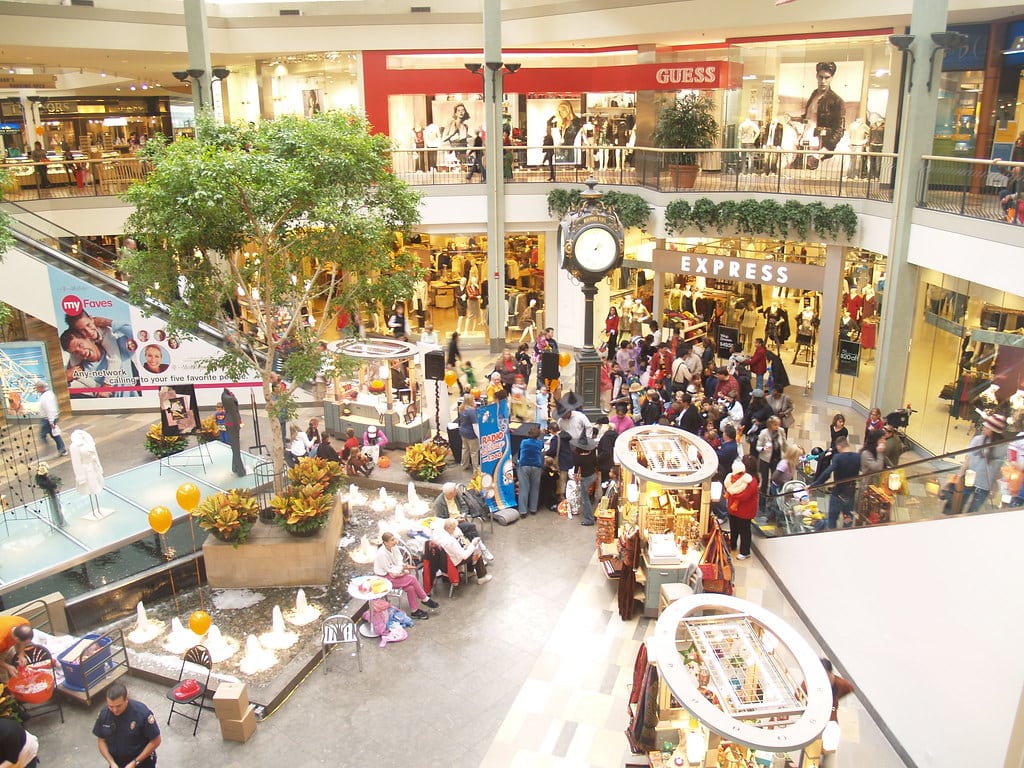Dayton's history is full of facts that don't make it onto the welcome signs. The first speeding ticket? Handwritten here. The first mechanical cash register? Built in a local saloon.
This isn't about aviation or famous names; it's about underground tunnels, forgotten races, and inventions that changed how the country worked.
Even if you've lived in Dayton your whole life, these are the stories that might still surprise you.
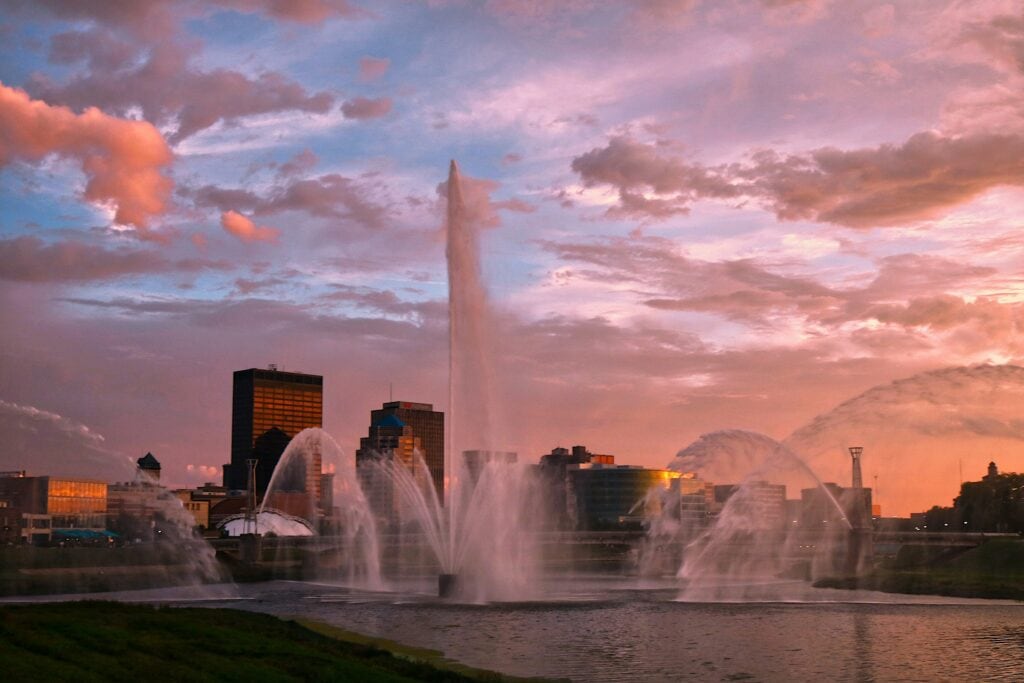
The nation's first speeding ticket was handwritten in Dayton in 1904
In 1904, Dayton police stopped a motorist named Harry Myers on West Third Street.
They issued what is recorded as the first speeding ticket in the United States. The citation cited a reckless speed of 12 mph.
This velocity seems modest today, but was considered dangerous on city streets at the time.
Myers drove a Winton touring car, one of the earliest automobiles on Dayton roads.
The world's first mechanical cash register began life in Dayton
In 1879, saloonkeeper James Jacob Ritty and his brother John invented and patented the first practical mechanical cash register in Dayton to discourage employee theft.
Dubbed "Ritty's Incorruptible Cashier," the device had keys and a visible dial to record sales, but no cash drawer.
They opened a small factory in Dayton to build these machines. Unable to manage both businesses, James sold his stake and the patents in 1881.
The business evolved into the National Cash Register Company (NCR), based in Dayton, until 2009.
That invention launched a global retail‑technology industry.
A soapbox race sparked a national youth tradition in Dayton in 1933
On June 10, 1933, six boys in Dayton raced homemade push carts down Burkhardt Hill in Oakwood, Dayton, initiating what would become the Soap Box Derby.
The event drew nineteen racers and a local photographer from the Dayton Daily News, Myron "Scottie" Scott, who helped promote a city‑wide version two weeks later on brick‑paved Burkhardt Avenue.
More than 40,000 spectators watched, and 362 carts took part.
That same year, Scott planned a larger August derby, laying the groundwork for the annual All‑American Soap Box Derby tradition, later moving to Akron but originating in Dayton in 1933.
Dayton printed Newsweek, Reader's Digest, and more from city presses
At its peak, Dayton hosted as many as 77 printing companies, from one-person print shops to major operations.
Among them was McCall's, which printed over four million magazines daily, including editions of Newsweek, Reader's Digest, Redbook, and Popular Science.
That output made Dayton a national hub in magazine production, from editorial layout to high‑volume printing.
Some of those presses churned out millions of copies every day during mid-20th-century circulation peaks.
The city's print industry once rivaled that of larger metro areas, shaping both the local economy and media distribution.
Newcom Tavern relocated and preserved as Dayton's oldest building
Newcom Tavern, founded around 1797, is Dayton's oldest surviving building.
In 1964, it was carefully dismantled from its original downtown location and reassembled at Carillon Historical Park.
When re‑erected in 1965, it resumed multiple historical functions: Dayton's first jail, church, general store, and Montgomery County's original courthouse.
Today, visitors can step inside the timber‑framed structure and see its original layout across multiple uses, reflecting the early civic life of Dayton's first settlers and the multi‑use nature of frontier buildings.
Dayton's tallest building was once a military lookout post
Liberty Tower, completed in 1931 and originally known as the Mutual Home Savings and Loan Building, was used by the U.S. Army Signal Corps during World War II as a regional lookout post.
From its roof, air raid wardens monitored the skies for enemy aircraft during the war.
The building was identified by its code name "Dog Easy 77" in war documents.
Volunteers and military staff coordinated with nearby observation posts across Ohio.
While the tower has since returned to commercial use, its role during the war remains documented in local military archives and occasionally referenced in downtown walking tours.
Victoria Theatre once had underground tunnels for circus animals
Opened in 1866 as the Turner Opera House and rebuilt after fire and flood, Dayton's Victoria Theatre appears on the National Register.
During the vaudeville era, a network of underground tunnels extended beneath city streets to unload circus animals from rail cars, where they were held until showtime.
As of the late 1970s, portions of those tunnels remained accessible to theater staff.
Today, the theater hosts arts and performances, and the tunnels remain part of its layered historical legacy.
Dayton once had more patents per person than any other city in 1900
At the turn of the 20th century, Dayton led the world in the number of patents granted per capita.
By 1900, Dayton's residents had invented and patented more innovations, ranging from machine parts to consumer goods, than any other city, driven by a cluster of inventors including the Wright brothers and Charles Kettering.
That density of innovation reflected local networks between inventors, businesses, and the Ohio business climate.
It shaped Dayton's identity as a cradle of invention rather than merely a manufacturing hub.
A rare municipal transit system has been running in Dayton since 1933
Dayton operates one of only four remaining trolleybus systems in the U.S., and the second-longest continuous electric trolley operation.
In 1933, the city launched its modern trolleybus network, which evolved from an earlier electric transit system dating to 1888.
Despite decades of changes in public transportation, the original routes persist on downtown streets.
The system operates under the Greater Dayton Regional Transit Authority and continues to carry daily commuters.
Dayton's Lewis Kemp House dates to 1806 and remains intact
The Lewis Kemp House, built in 1806 and later expanded around 1832, is the oldest documented residence still within Dayton city limits.
Constructed in a saltbox style, the house was home to pioneering settler Lewis Kemp, who hosted religious meetings by minister Christian Newcomer starting in 1810.
The home reflects early architecture and community use in the area.
It was listed on the National Register of Historic Places in 1975 and still stands at 4800 Burkhardt Avenue, surrounded today by later suburban development.

